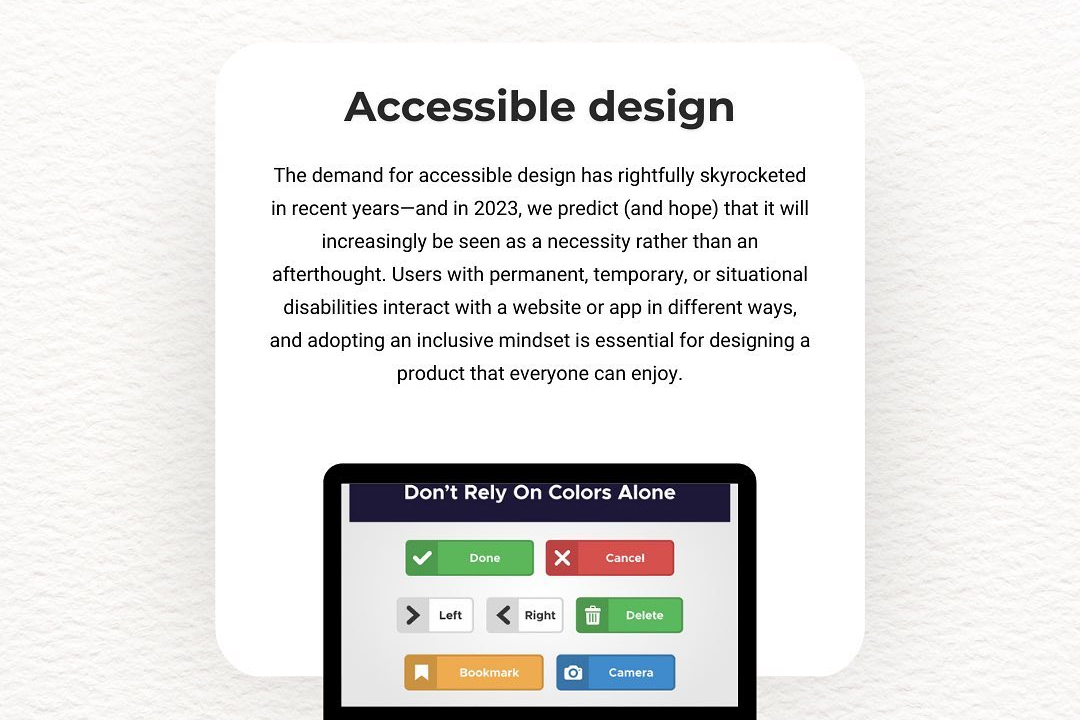Example Program for PHP Program
This PHP example program showcases how to define and work with multidimensional arrays, allowing dev
Example Program for PHP Program
This PHP example program demonstrates how to efficiently work with multidimensional arrays, which are essential for organizing complex data structures in web development. By illustrating the creation and manipulation of nested arrays, the program helps developers manage detailed information such as user profiles, product inventories, or hierarchical data structures. Understanding this concept is crucial for building dynamic, data-driven websites and applications, making it a valuable skill for any PHP programmer.
To Download Our Brochure: https://www.justacademy.co/download-brochure-for-free
Message us for more information: +91 9987184296
This PHP example program demonstrates how to efficiently work with multidimensional arrays, which are essential for organizing complex data structures in web development. By illustrating the creation and manipulation of nested arrays, the program helps developers manage detailed information such as user profiles, product inventories, or hierarchical data structures. Understanding this concept is crucial for building dynamic, data driven websites and applications, making it a valuable skill for any PHP programmer.
Course Overview
The “Example Program for PHP” course provides a concise introduction to PHP programming, focusing on creating and managing multidimensional arrays. Students will learn essential techniques for working with complex data structures, enabling them to develop dynamic, data-driven web applications efficiently. This course is ideal for beginners seeking practical PHP skills with real-world examples.
Course Description
The “Example Program for PHP” course offers a practical introduction to PHP, focusing on creating and managing multidimensional arrays to build dynamic web applications efficiently.
Key Features
1 - Comprehensive Tool Coverage: Provides hands-on training with a range of industry-standard testing tools, including Selenium, JIRA, LoadRunner, and TestRail.
2) Practical Exercises: Features real-world exercises and case studies to apply tools in various testing scenarios.
3) Interactive Learning: Includes interactive sessions with industry experts for personalized feedback and guidance.
4) Detailed Tutorials: Offers extensive tutorials and documentation on tool functionalities and best practices.
5) Advanced Techniques: Covers both fundamental and advanced techniques for using testing tools effectively.
6) Data Visualization: Integrates tools for visualizing test metrics and results, enhancing data interpretation and decision-making.
7) Tool Integration: Teaches how to integrate testing tools into the software development lifecycle for streamlined workflows.
8) Project-Based Learning: Focuses on project-based learning to build practical skills and create a portfolio of completed tasks.
9) Career Support: Provides resources and support for applying learned skills to real-world job scenarios, including resume building and interview preparation.
10) Up-to-Date Content: Ensures that course materials reflect the latest industry standards and tool updates.
Benefits of taking our course
Functional Tools
1 - Integrated Development Environments (IDEs): Tools like Visual Studio Code, PHPStorm, or Sublime Text are essential for writing, editing, and managing PHP code efficiently. They offer features such as syntax highlighting, code completion, debugging, and version control integration, which streamline the development process and reduce errors. Using a robust IDE enhances productivity and makes writing complex scripts more manageable, especially when working on real time projects.
2) Local Server Environments: Software such as XAMPP, WAMP, or MAMP provide a local server setup that simulates a live hosting environment. They include Apache, MySQL, and PHP pre configured, allowing students to run and test their PHP programs locally without needing external hosting. This setup facilitates seamless development, testing, and debugging of the example programs in an environment that closely mimics real world deployment.
3) Version Control Systems: Git and platforms like GitHub or GitLab are crucial for managing code versions and collaborating with others. Students learn how to use Git to track changes, create branches for different features, and merge code efficiently. These tools facilitate teamwork during project development, enable rollback to previous versions if needed, and prepare students for industry standard collaborative workflows.
4) Database Management Tools: phpMyAdmin or MySQL Workbench provide graphical interfaces to manage databases associated with PHP projects. They help students design, create, and modify database structures, execute queries, and manage data easily. Learning these tools equips students to handle backend data storage effectively, which is fundamental for developing dynamic and data driven PHP applications.
5) Debugging Tools and Browsers: Browser developer tools and PHP debugging extensions like Xdebug assist students in troubleshooting their code. These tools help identify errors, monitor execution flow, and analyze performance bottlenecks. Debugging is a vital skill, and familiarizing students with these utilities ensures they can develop reliable, bug free programs that operate efficiently in production environments.
6) Learning Resources and Documentation: Official PHP documentation, online tutorials, and community forums serve as valuable resources throughout the training program. They provide comprehensive explanations, examples, and best practices, enabling students to independently resolve issues and deepen their understanding of PHP concepts. Leveraging these resources encourages self learning and continuous skill enhancement.
7) Code Collaboration Platforms: Tools like Bitbucket or GitHub facilitate collaborative development by allowing multiple students to work on the same program simultaneously. These platforms support pull requests, code reviews, and issue tracking, which simulate real world development environments. They prepare students to participate effectively in team projects and adopt industry standard workflows.
8) Testing Frameworks: PHPUnit or similar testing tools introduce students to automated testing practices. They help verify the correctness of PHP programs by running test cases and detecting bugs early. Incorporating testing frameworks into the course emphasizes the importance of writing maintainable and reliable code, a key aspect of professional software development.
9) Containerization and Deployment Tools: Docker can be used to containerize PHP applications for consistent deployment across different environments. Students learn how to package their programs along with all dependencies, making deployment onto staging or production servers straightforward. This knowledge is vital for understanding modern deployment workflows and ensuring application portability and scalability.
10) Project Management and Planning Tools: Platforms like Trello or Jira assist students in organizing project tasks, setting deadlines, and tracking progress during their real world PHP projects. These tools encourage disciplined project execution and time management, crucial skills for successful software development careers. Managing projects efficiently leads to better code quality and timely delivery in professional settings.
11 - Code Quality and Analysis Tools: Static code analyzers such as PHP_CodeSniffer or PHPStan help students enforce coding standards and identify potential bugs or security vulnerabilities. Integrating these tools into the development workflow promotes writing clean, maintainable, and secure PHP code, aligning with industry best practices.
12) Continuous Integration/Continuous Deployment (CI/CD) Platforms: Services like Jenkins, Travis CI, or GitHub Actions automate the testing and deployment processes. Teaching students how to integrate their PHP projects into CI/CD pipelines ensures streamlined updates, rapid feedback, and reliable deployment, preparing them for modern DevOps practices.
13) Modular Design and Frameworks: Exposure to PHP frameworks such as Laravel or Symfony introduces students to modular development, routing, ORM, and other advanced concepts. Learning these frameworks accelerates project development, promotes best practices, and enables the creation of scalable, maintainable applications.
14) API Development and Integration Tools: Postman or Insomnia aid students in testing and designing RESTful APIs within PHP applications. Mastering API development enables students to build interoperable systems, connect with third party services, and create backend services suited for real time projects.
15) Security Testing Tools: Tools like OWASP ZAP or Burp Suite familiarize students with security best practices, vulnerability assessment, and secure coding techniques. Incorporating security into PHP development ensures robust, protected applications ready for deployment in the real world.
16) Cloud Hosting Platforms: Platforms such as AWS, Azure, or Google Cloud allow students to deploy and manage PHP applications in scalable cloud environments. Learning deployment on cloud platforms prepares students for real world hosting, scalability, and resource management scenarios.
17) Performance Monitoring Tools: Application monitoring services like New Relic or Datadog enable students to assess their PHP programs’ performance, identify bottlenecks, and optimize resource usage. Understanding performance tuning is critical for building high availability applications.
18) Content Management Systems (CMS): Familiarity with popular PHP based CMS platforms like WordPress or Drupal helps students understand content management, themes, plugins, and customization. This knowledge equips them to develop or extend existing CMS solutions for various business needs.
19) Adaptive Learning Platforms: Interactive coding platforms like Hackerrank, LeetCode, or Codewars offer practice exercises and challenges that reinforce PHP concepts through hands on problems, fostering problem solving skills and coding proficiency.
20) Community Engagement and Support Forums: Participation in PHP community forums, Stack Overflow, and developer groups encourages peer learning, troubleshooting, and sharing best practices. Cultivating this engagement prepares students to stay updated, seek help, and collaborate effectively in their professional careers.
21 - Multimedia and UI/UX Design Tools: Basic knowledge of tools like Figma or Adobe XD allows students to design intuitive interfaces and user experiences for PHP web applications, integrating front end design with back end functionality for comprehensive projects.
22) Ethical Hacking and Compliance Resources: Understanding data privacy laws, GDPR compliance, and ethical hacking principles ensures students develop responsible, secure PHP applications aligned with global standards and regulations.
23) Automated Documentation Tools: Tools like phpDocumentor generate professional documentation from code comments, promoting maintainability and clear communication among development teams. Teaching documentation practices enhances project clarity and collaboration.
24) Cross Platform Compatibility Testing Tools: BrowserStack or Sauce Labs enable students to test PHP web applications across different browsers and devices, ensuring consistent performance and user experience in diverse environments.
25) Real Time Collaboration and Coding Environments: Online editors like CodeSandbox or Replit support live collaboration, enabling students to work together asynchronously or in real time, simulating professional teamwork setups for complex PHP projects.
Each of these tools and practices enhances the educational experience, equipping students with practical skills and industry ready knowledge to excel in PHP development and beyond.
Browse our course links : https://www.justacademy.co/all-courses
To Join our FREE DEMO Session:
This information is sourced from JustAcademy
Contact Info:
Roshan Chaturvedi
Message us on Whatsapp: +91 9987184296
Email id: info@justacademy.co












